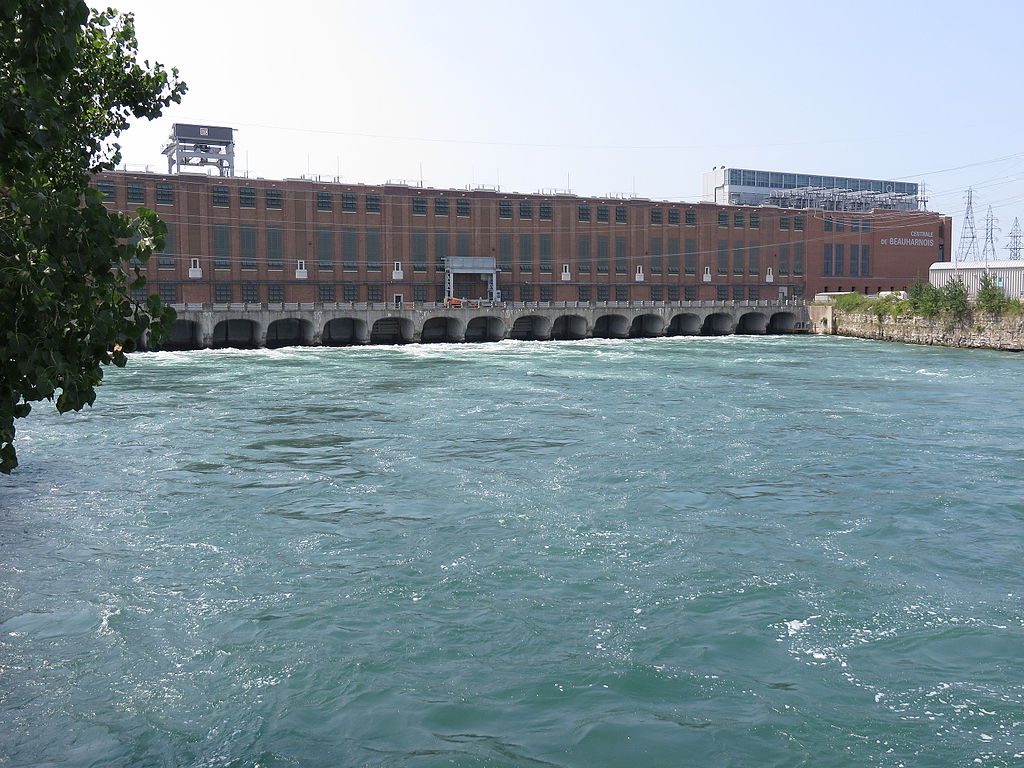Scientists at MIT have suggested extending transmission capacity between the electricity systems of the northeastern U.S. and the Canadian province of Quebec to enable bi-directional power flows between the two. At present, excess power only flows from Canada to key U.S. markets in New England and New York state.
Extending cross-border links and enabling two-way power flows would mean Quebec’s hydropower reservoirs could provide grid balancing to the two U.S. markets and the storage potential north of the border could drive more solar and wind deployment south of the line, according to the MIT researchers.
“In many scenarios, the complementary service provided by additional transmission makes it economical to expand wind and solar PV capacity even further, saving on the cost of more expensive alternatives such as gas generation,” the scientists wrote in the MIT study Two-Way Trade in Green Electrons: Deep Decarbonization of the Northeastern U.S. and the Role of Canadian Hydropower.
Dual benefits
Quebec has around 40 GW of installed hydropower generation capacity, enough to meet 90% of local demand in the province. Around 36 GW is operated by state-owned utility Hydro-Quebec.
Popular content
The MIT group predicted New England and New York would import less power from Canada if Quebec were able to import low-priced clean energy from the U.S. regions at times of peak generation. During such periods, the hydropower facilities of Quebec could reduce output and let reservoir levels rise before ramping up generation and exporting hydropower to the U.S. markets when less solar and wind power was being generated south of the border.
Virtual battery
“As northeastern [U.S.] states decarbonize, the role of Quebec’s hydropower for the northeast [of the U.S.] increasingly becomes that of a virtual energy storage resource rather than a generation resource,” wrote the MIT group. “Two-way trading of electricity with Quebec helps northeastern [U.S.] states balance renewable intermittency at multiple timescales, mitigating the daily mismatch between solar and evening peak demand, the synoptic (multi-daily) mismatch between demand and wind output, and the seasonal mismatch between high summer demand and low summer wind output,” the paper noted.
If transmission capacity were extended across the two regions, the rate at which Quebec could be “charged and discharged”, would increase, the researchers added.
This content is protected by copyright and may not be reused. If you want to cooperate with us and would like to reuse some of our content, please contact: editors@pv-magazine.com.



I agree, conceptually, about using… Pumped Hydro Storage for night time and other “balancing needs” when solar energy is less or not there. This “concept” is as old as power genetation itself…. and is well proven, renewable, sustainable and green and clean too.
Unfortunately… Quebec’s Hydro “System” is….. “way up North” and not a very desirable location or solution.
It should be near the Generation /Load Centers and utilize existing Transmission and Distribution System(s) and lower losses too.
However…. as such “natural locations” maynot be at these appropriate locations; man-made hydro storage facilities could be created…. to provide an “optimum fit” and using the flat open surface of the water storage facility…. to generate additional PV Power too.
Remember such open water bodies support many recreational and water sport activities too…. all enhancing “quality of life” as against batteries that pollute after they go… dead…. not as severe as nuclear waste… but still a problem nonetheless…
Massive East-West (TW) Global Grid(s) whose power transfer … “follows the sun”….. maybe worth “researching” and funding too… specially in the Northern Hemisphere..
Always remember that as the Earth rotates around the sun…. DC Voltages are induced in N-S Grids (I am sure MIT can check this with Hydro-Quebec), specially during “solar storms” that create havoc with Transformer Saturation… but that is another story for another day and place…???